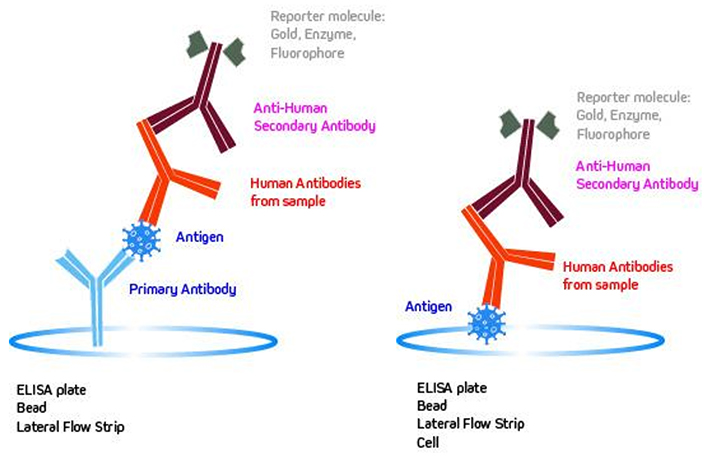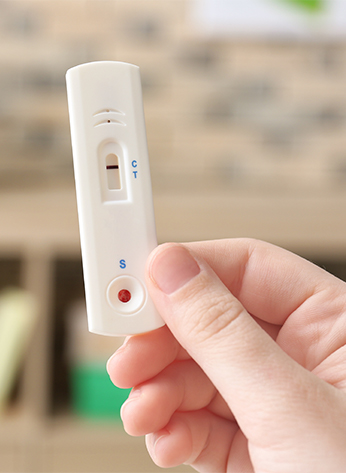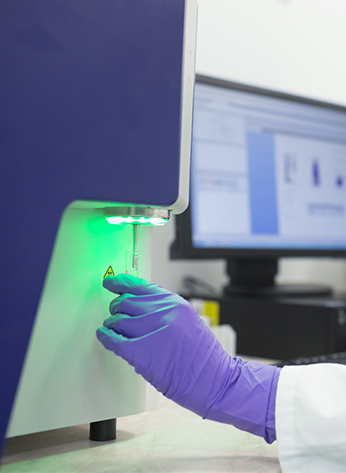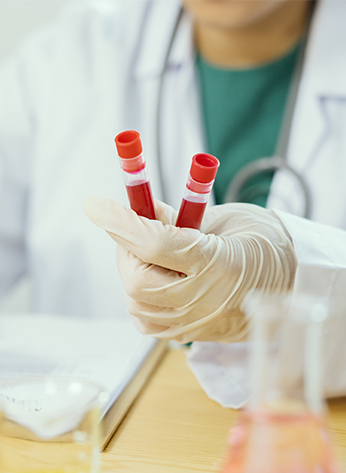Immunoassays for diagnostics testing
Serological tests are key assays for many health issues, including solid organ transplantation screening, crossmatching, disease diagnosis, monitoring and management. These assays play a crucial role in clinical decision-making. Immunoassays are among the most powerful and sensitive serological tests available, based on highly specific binding between antibodies and antigens, enabling qualitative and quantitative detection of analytes even at low concentrations. There are a variety of immunoassays available and the detection process varies from technique to technique. The most common of which are illustrated below showing a sandwich (Fig. 1A) and direct bind (Fig. 1B), respectively. When choosing an Anti-Human Secondary Antibody for use in sandwich format assays (Fig. 1A), it is important to consider the species in which the primary antibody was generated and to use a secondary antibody that has minimal cross-reactivity to that species.



